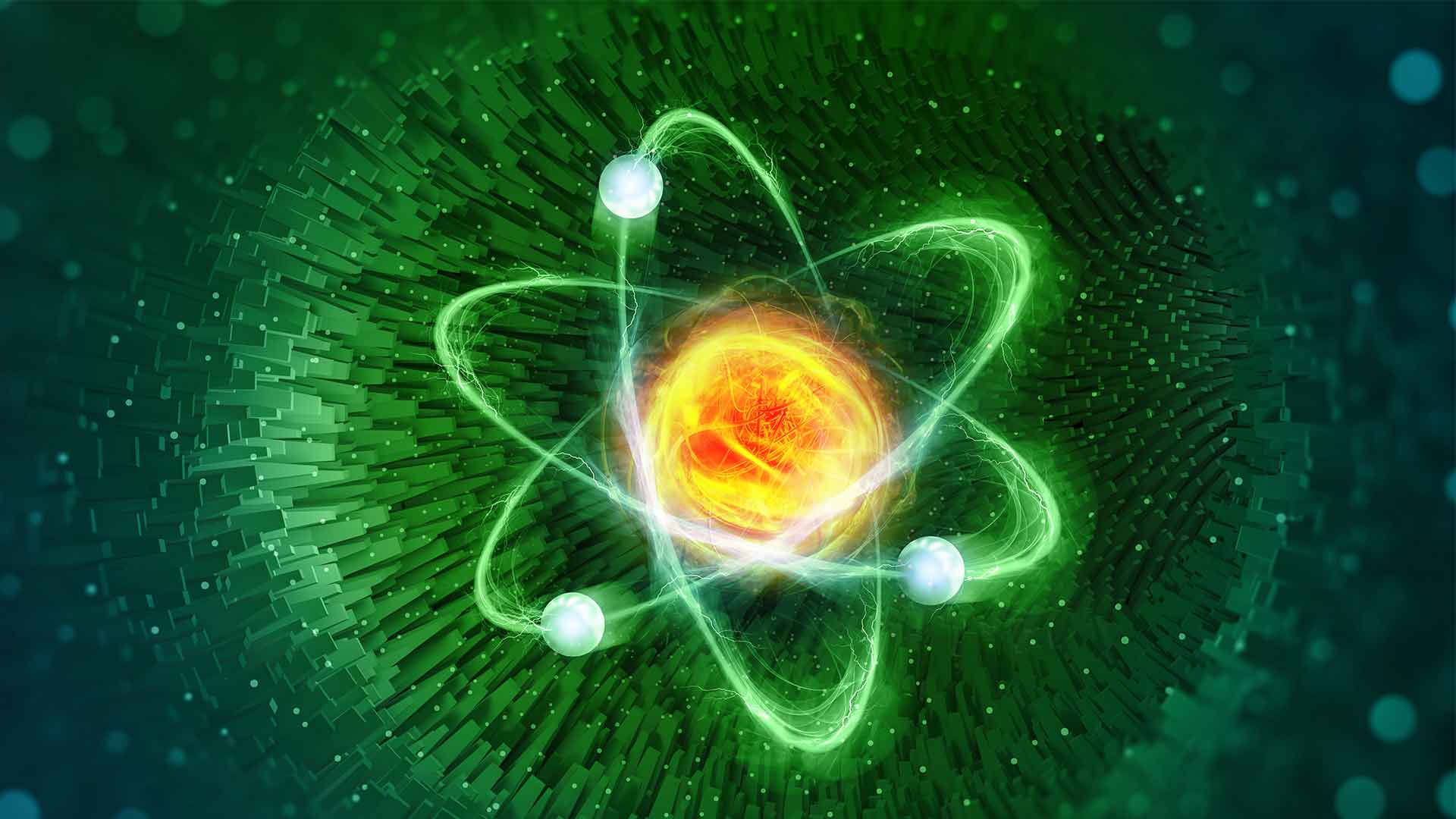Boron Valence Electrons and Applications
Boron with the symbol B is a chemical element having the atomic number 5. It takes different shapes and forms. Boron is a brittle, dark, lustrous metalloid in its crystalline structure, while it is a brown powder in its amorphous form.
This element is the lightest in the boron group with three valence electrons. These valence electrons form covalent bonds to produce different compounds like boric acid, borax, and boron carbide, among others.

Boron
Boron is not very abundant in the solar system, nor is it in the Earth’s crust. Cosmic Ray spallation and supernovae synthesize the formation of Boron. Also, this element takes about 0.001 percent by weight of the crust of the Earth.
The borate minerals are the commonly occurring compounds mainly concentrated on the planet due to their water-solubility properties. You can find the largest deposits in Turkey, the largest producer of boron minerals. From an industrial perspective, they are mined as evaporates like borax and kernite.
Valency of Boron
A Lewis Electron Dot Diagram represents a valence of an atom. It uses the dots around the element symbol to represent the number of valence electrons. In the form of a simple diagram, the dots are arranged above, below, right, and left. However, there are no more than two dots on one side.
The number of dots is equal to the number of valence electrons in a particular atom. Here is a Lewis Electron Dot Diagram for Boron.
The electronic configuration of Boron is 2,3. Hence, it will eventually lose 3 electrons while gaining 5 of them. The outermost shell of Boron has 3 electrons. Therefore, the valency of Boron is 3. Boron is the fifth element having a total of 5 electrons. When you write the electronic configuration of Boron, the 1s orbital will take the first two electrons.
Next, another two electrons will go into the 2s orbital since 1s can take only 2 electrons at the maximum. Finally, the last and the remaining electron move into the 2p orbital. Hence, 1s22s22p1 is the electronic configuration of 2p orbital.
Scientists can use electronic configuration and its notation to communicate the electron arrangement around the atom’s nucleus. This process makes it easier to understand and predict the atoms’ interaction to form chemical bonds.
Role of Valence Electrons in Semiconductors
Boron in its elemental form is a metalloid generally found in meteoroids. However, the chemically uncombined boron is available on Earth naturally. In Boron, contamination by carbon and other elements is extreme, and they resist removal. Hence, it is tough to mine pure boron industrially.
Boron has several allotropes. Amorphous boron is a brown powder, while crystalline boron is silvery to black. The latter is a rigid material with 9.5 on the Moh’s scale and is also a poor conductor of electricity at room temperature. Boron’s applications are pretty similar to carbon fibers. It is primarily used in the form of filaments in many high-strength materials.
There are two isotopes for natural boron. Boron is generally used as a chemical element in food or for other purposes in the environment. This element is also used as a supplement in the medicine industry. Boron is also an essential element for maintaining the strength of our bones. Furthermore, in form of boric acid, it helps to prevent infections.

Semiconductors benefit a lot with the help of Boron due to its valence electrons. Intrinsic semiconductors are p-type semiconductors doped with Boron. Silicon Group IV has four valence electrons, while Boron from Group III has three valence electrons. When a single crystal of silicon is doped with a small quantity of Boron, the valence electrons can form bonds except at one position.
It results in holes that lack electrons. On application of voltage, the neighboring electrons fall into the hole, creating new holes along the way. Hence, silicon becomes a semiconductor by doping it with Boron and its valence electrons.





